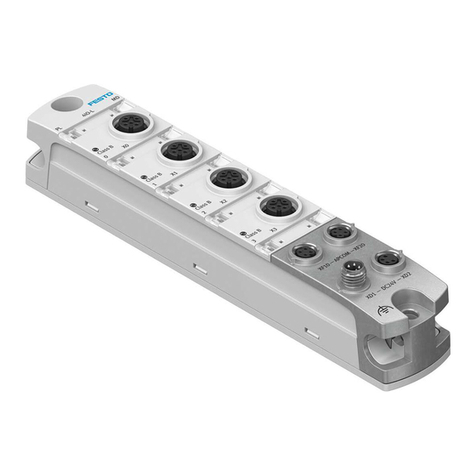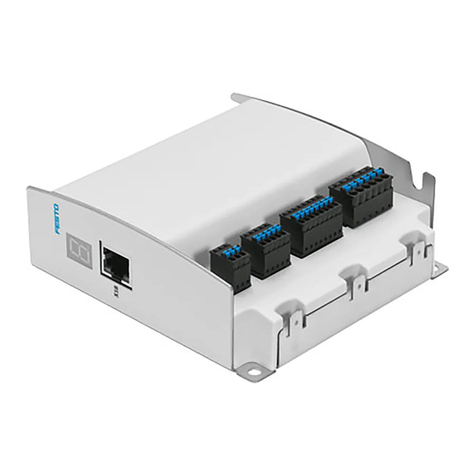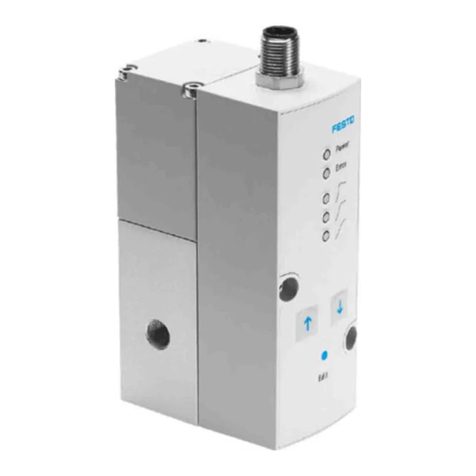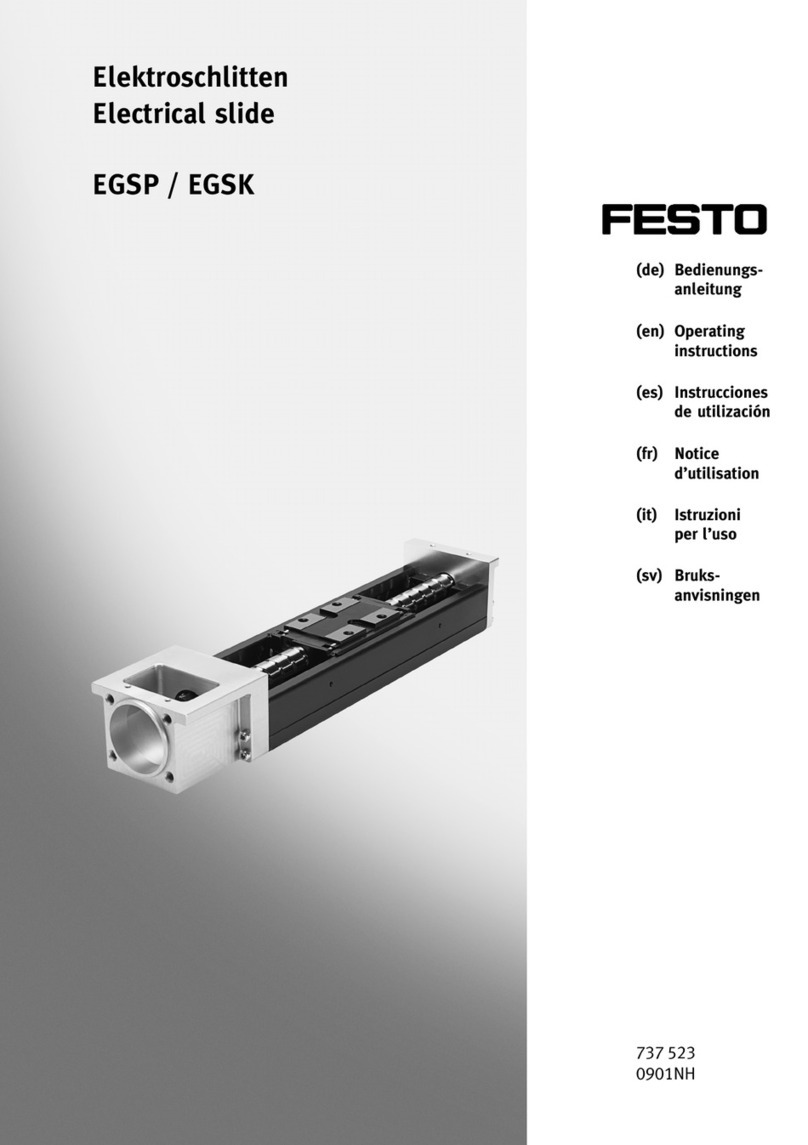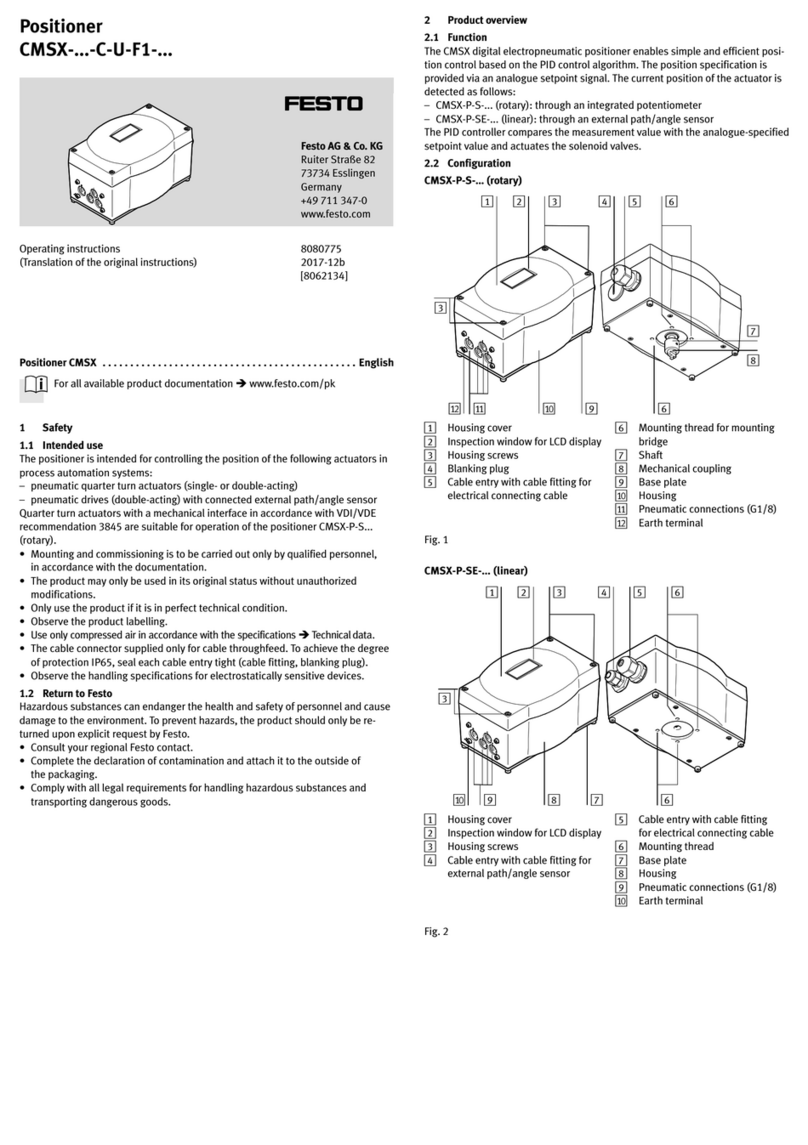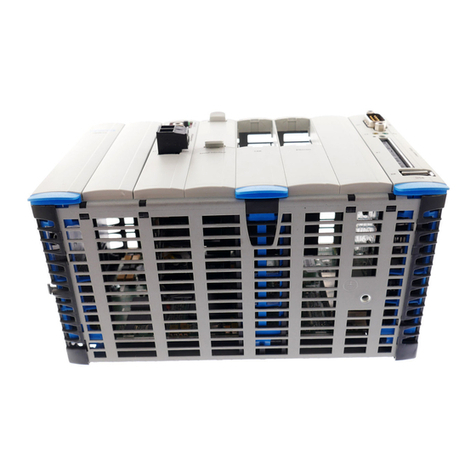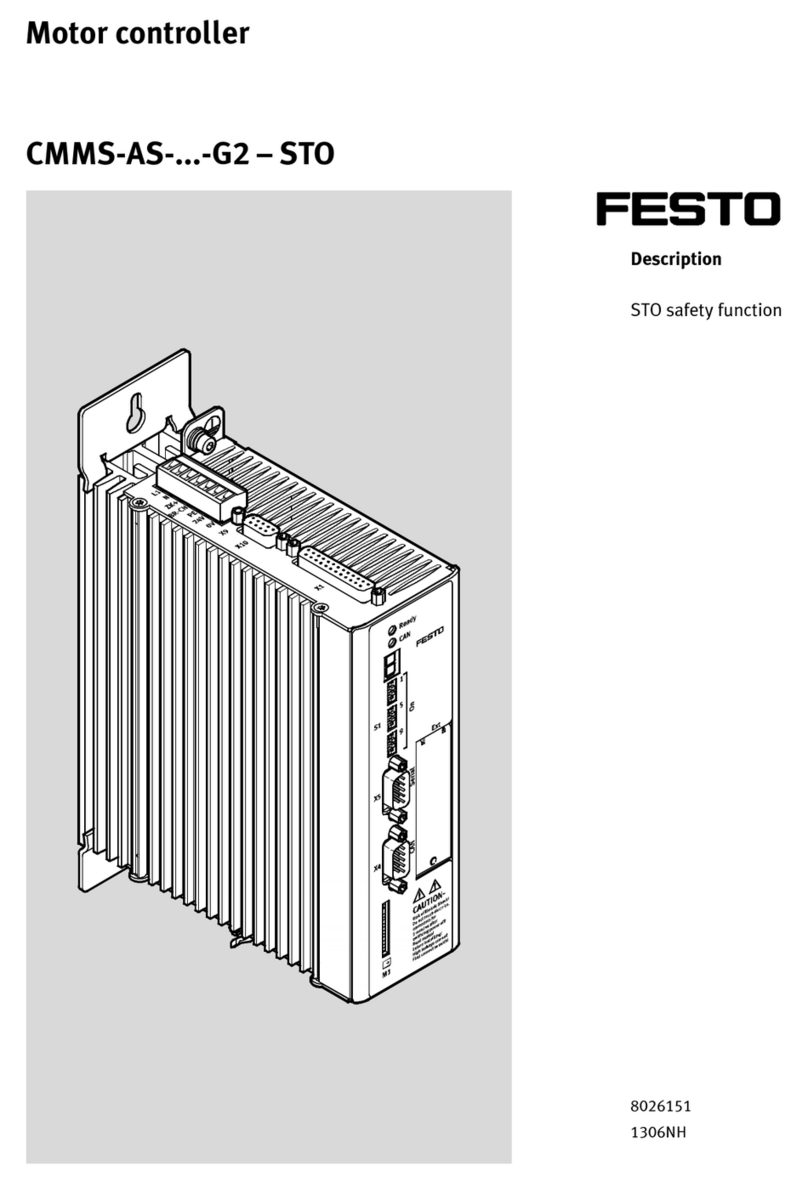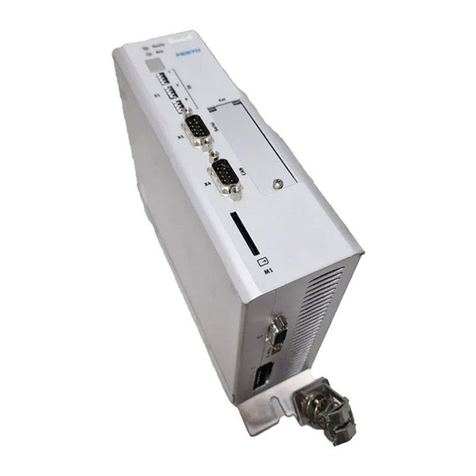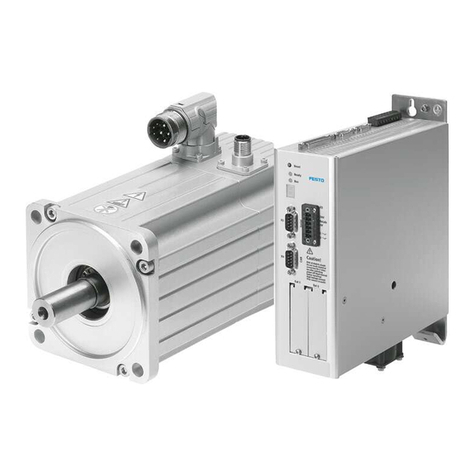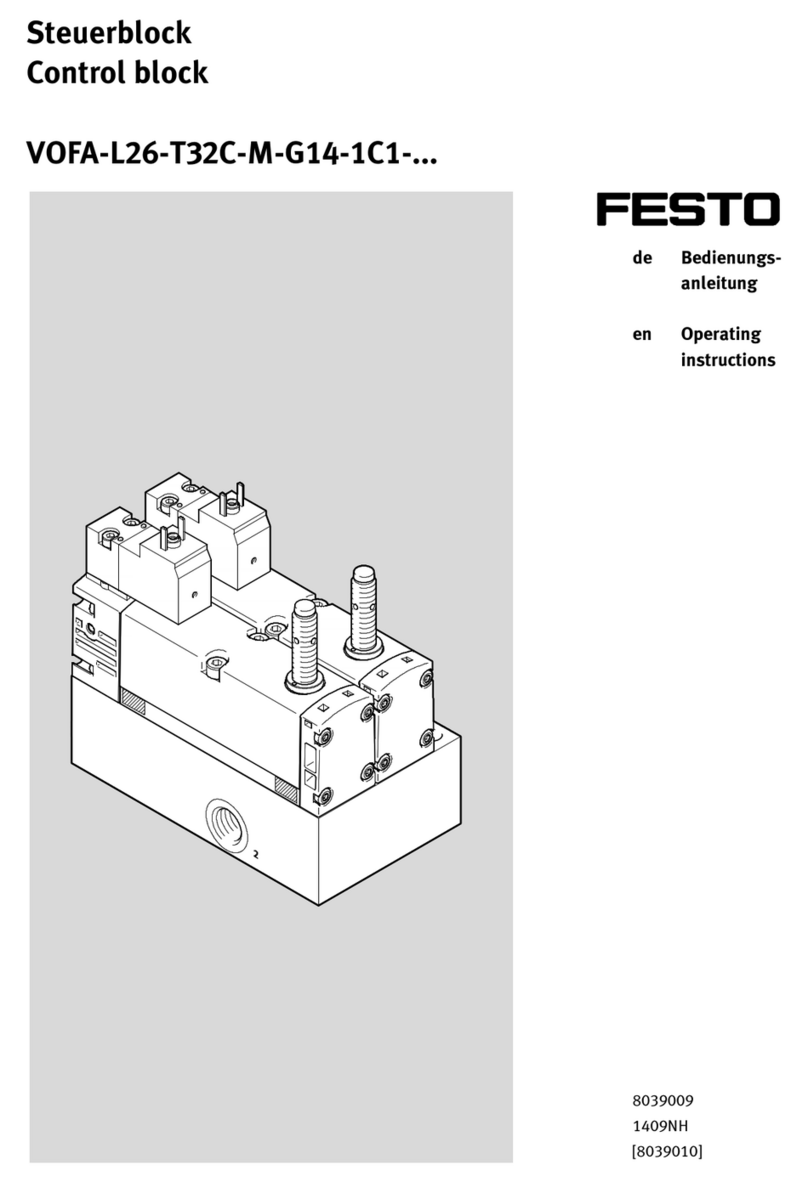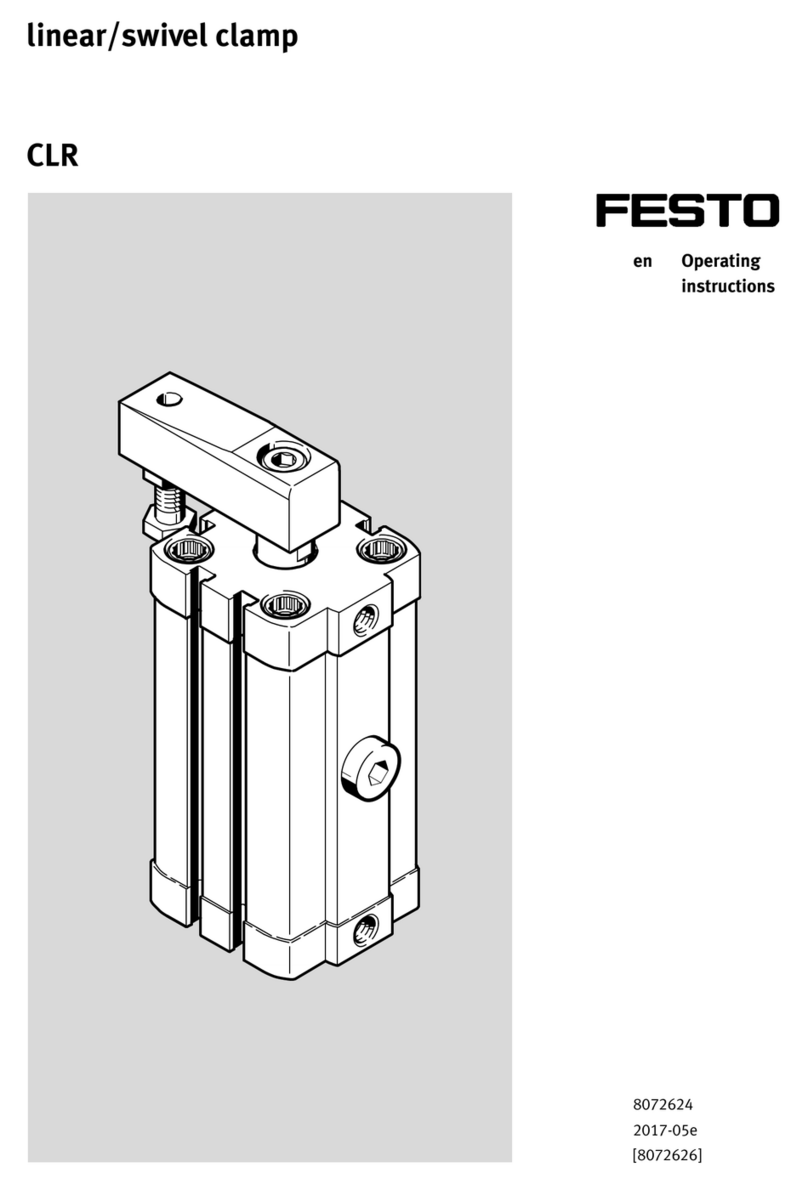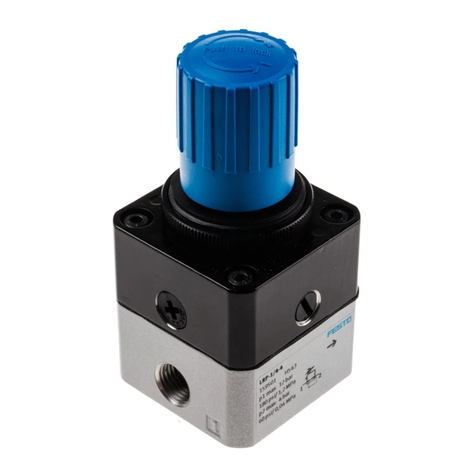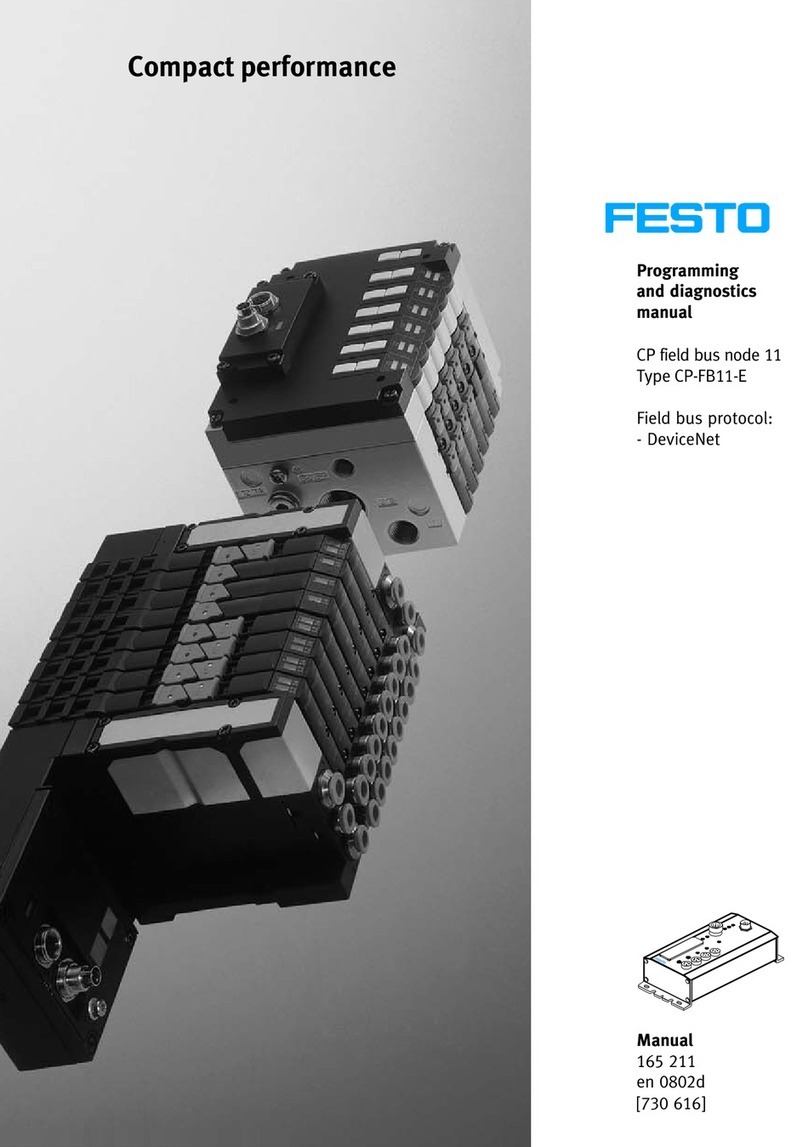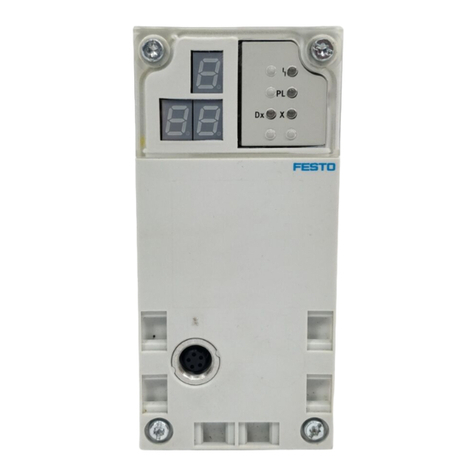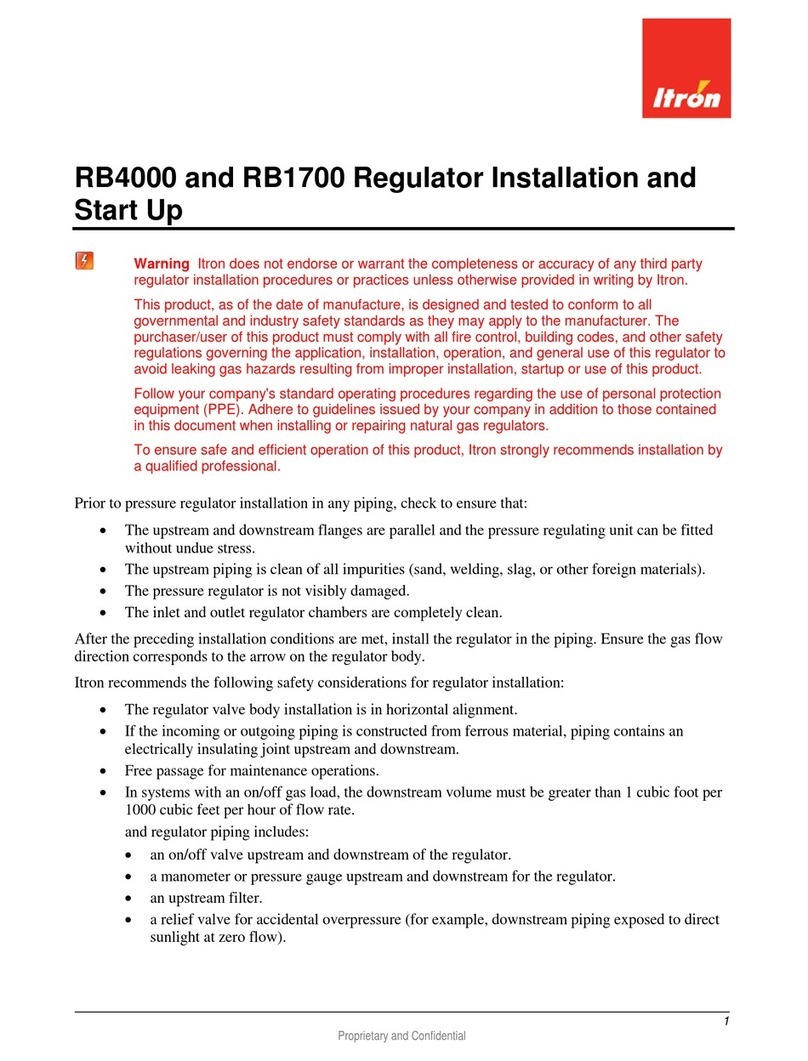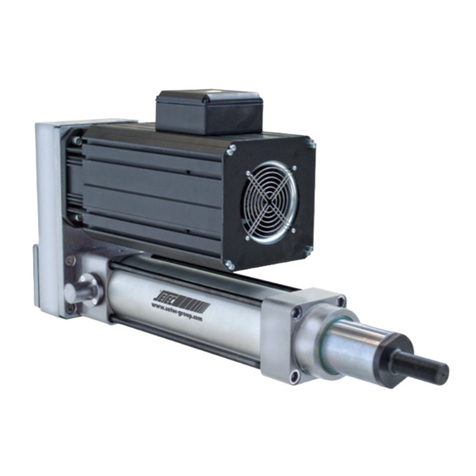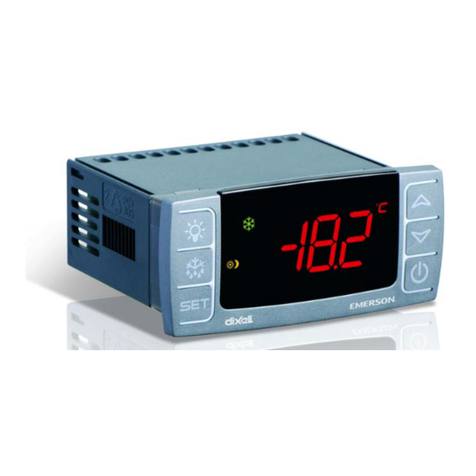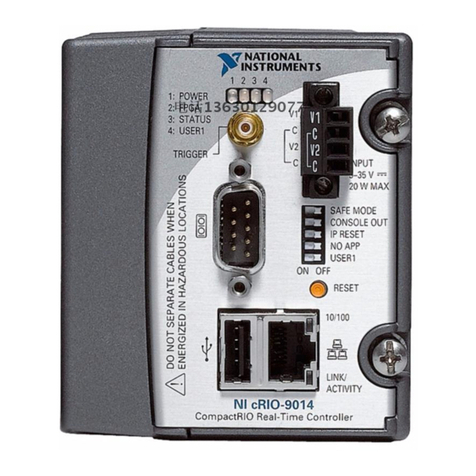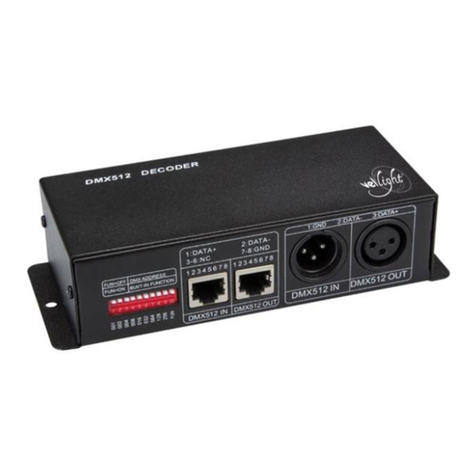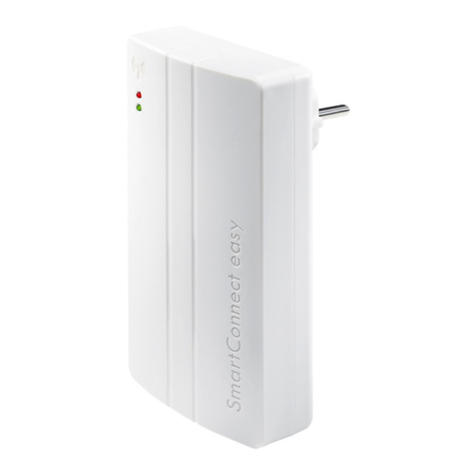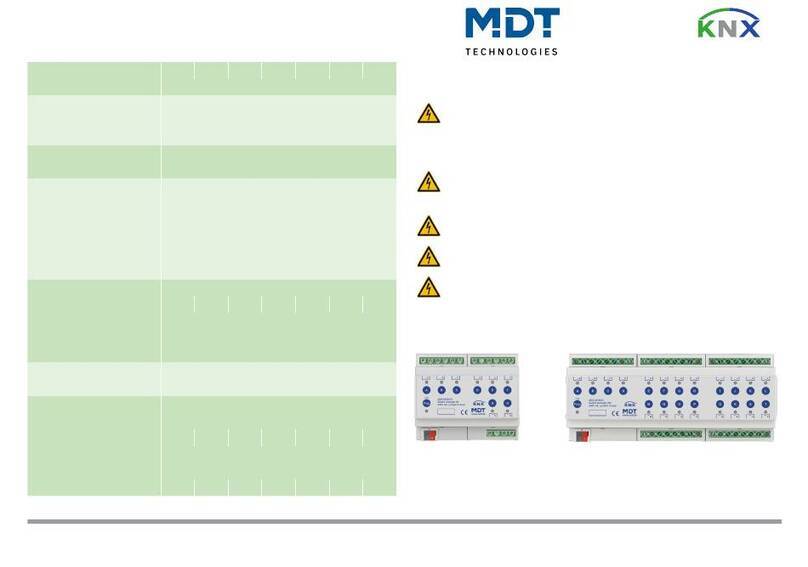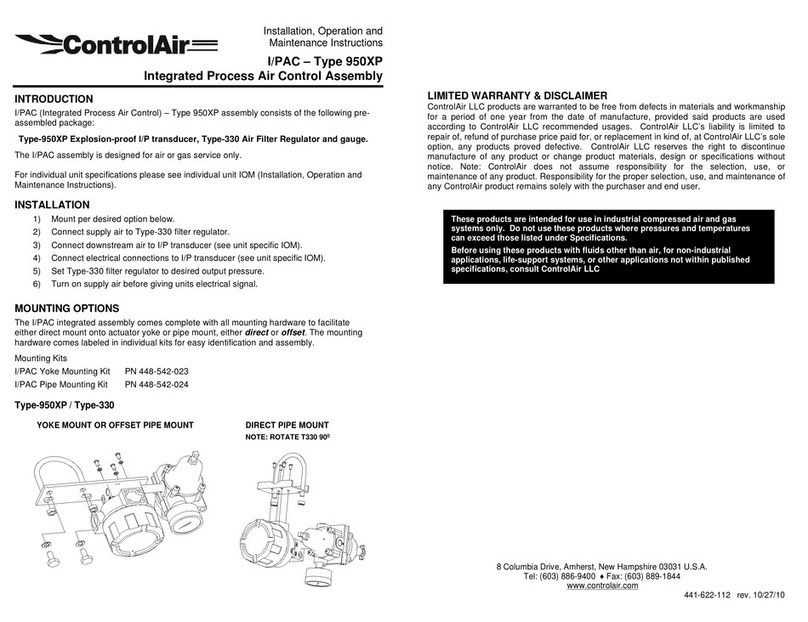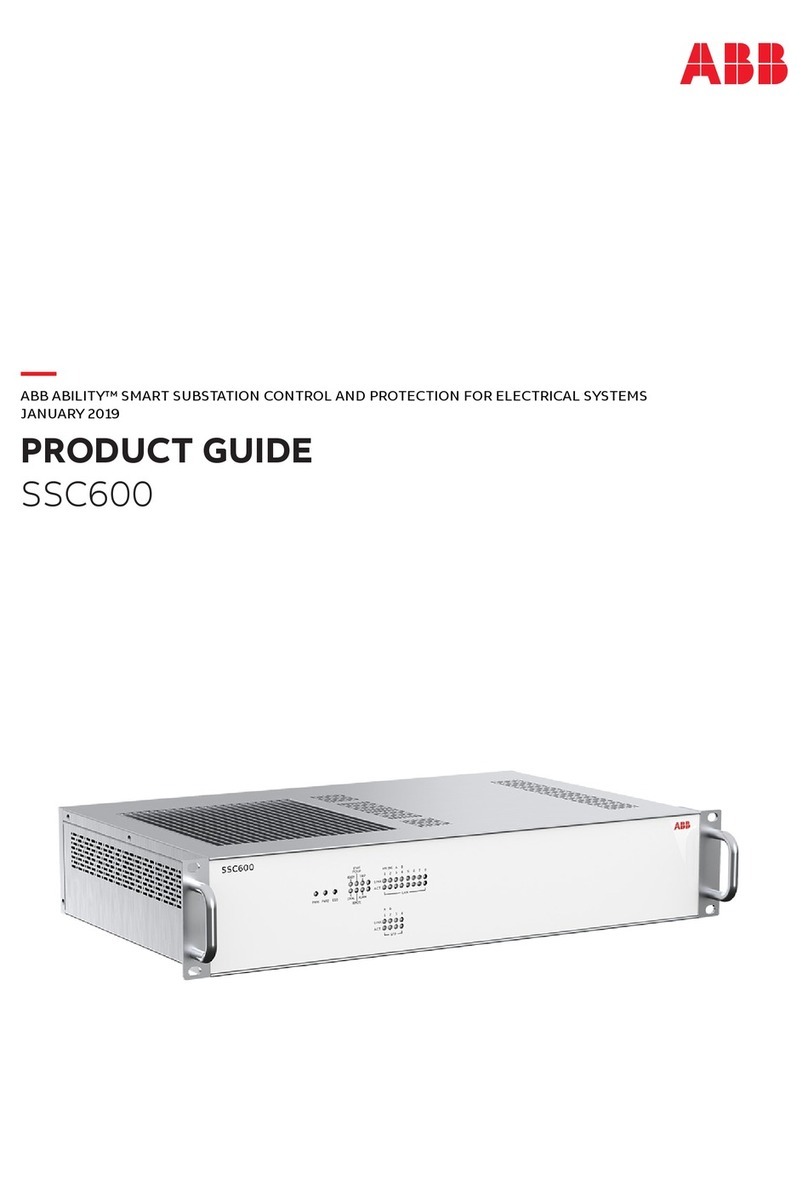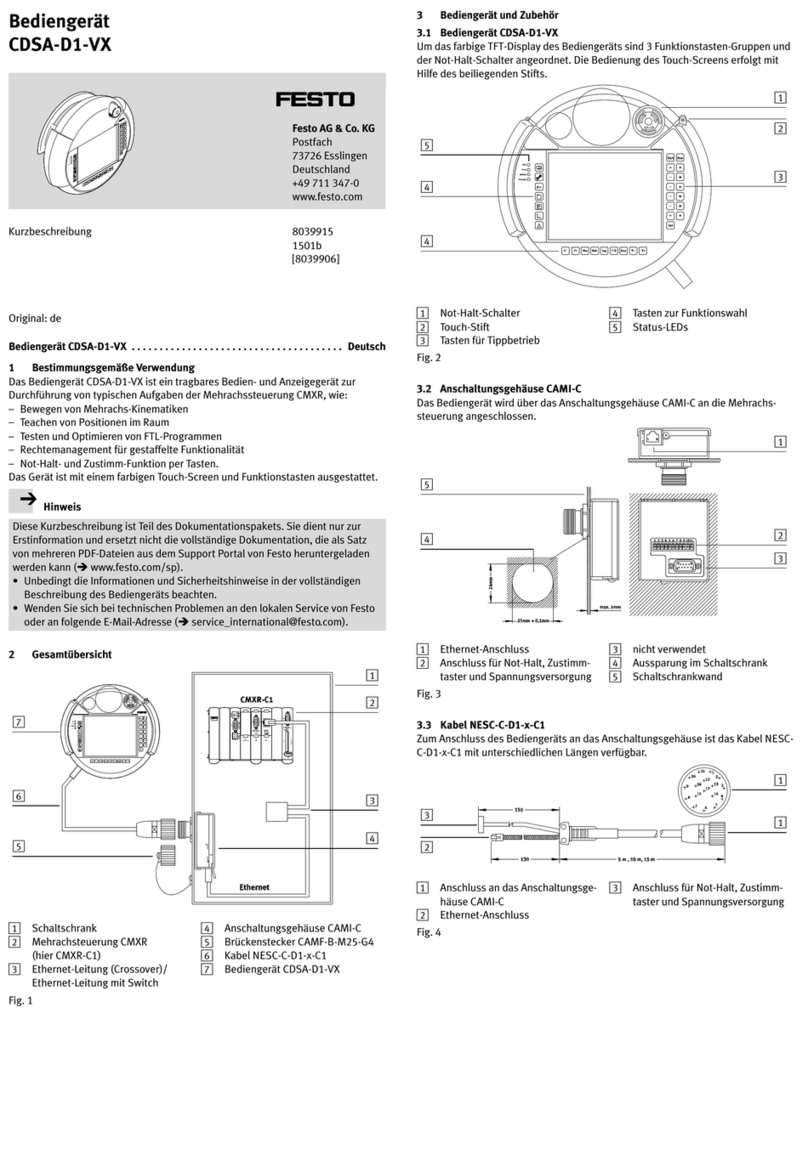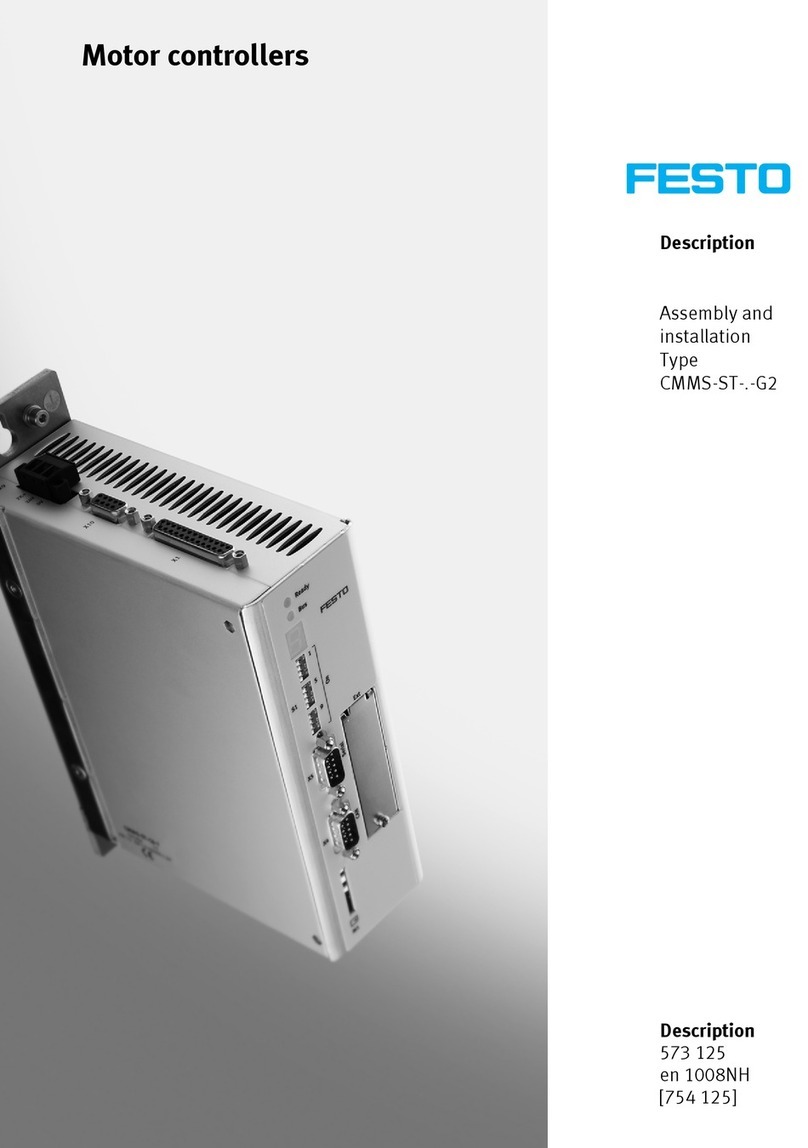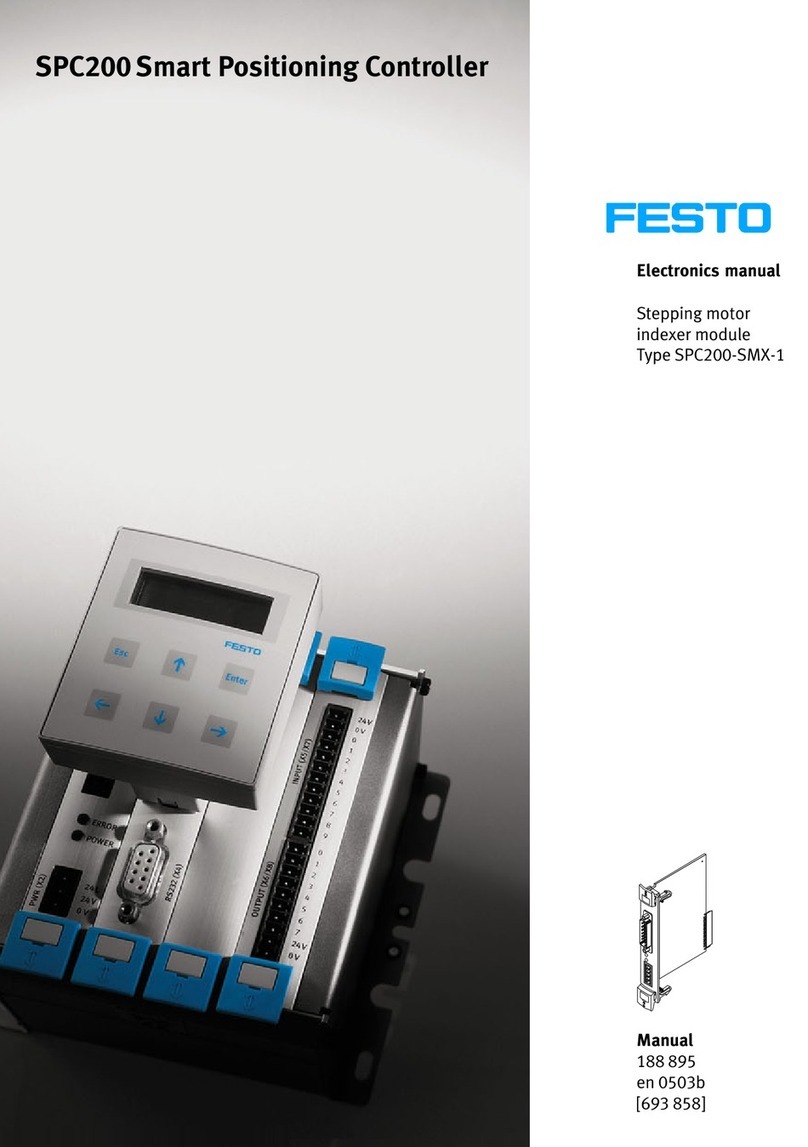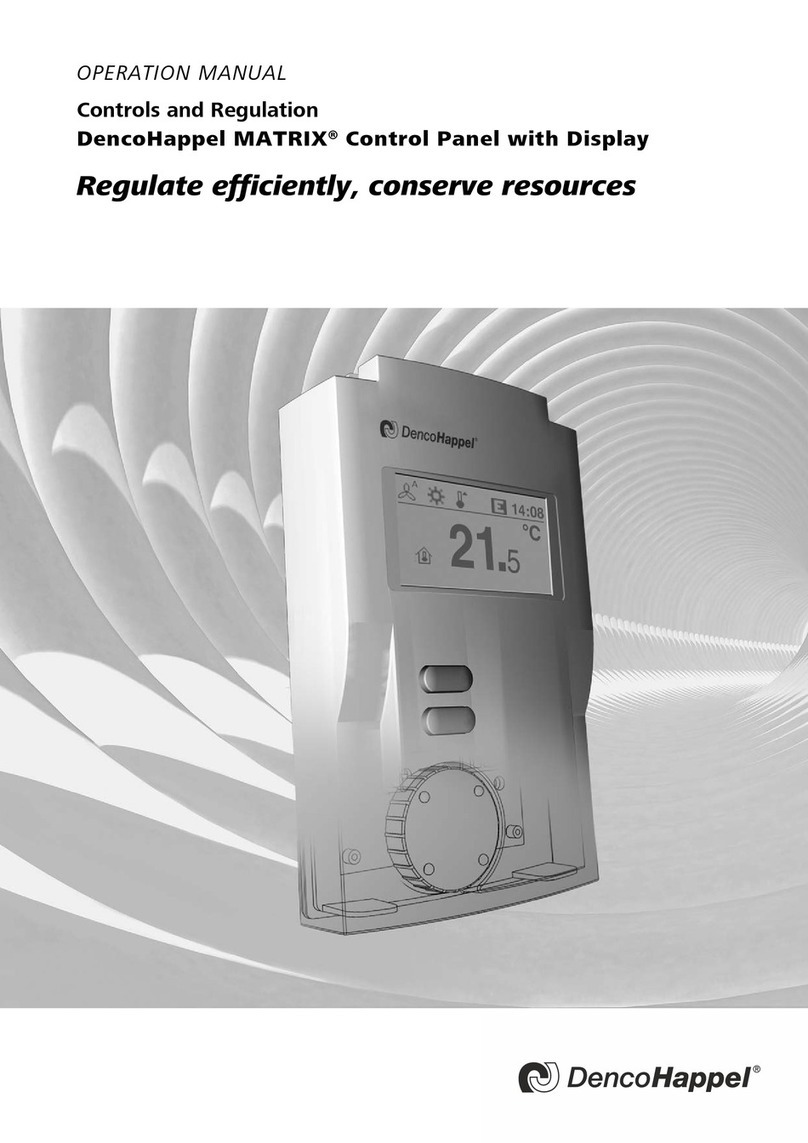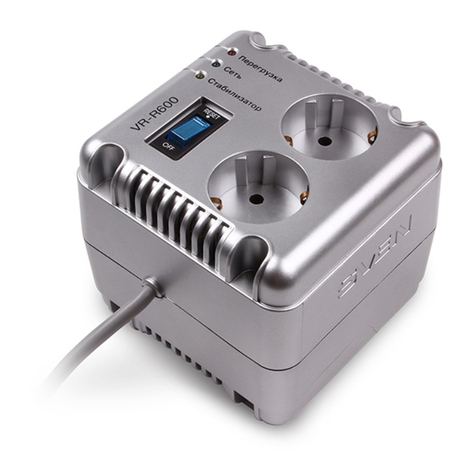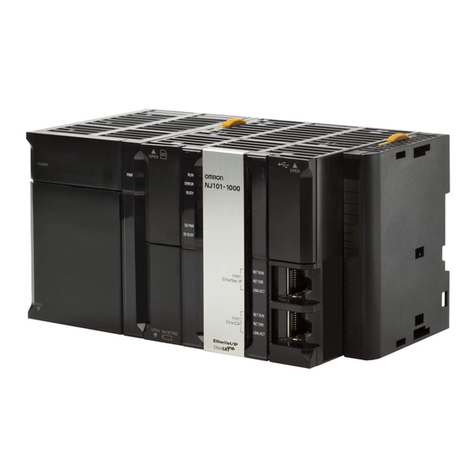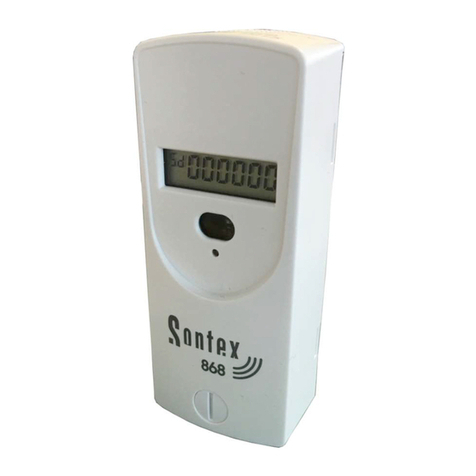
7 Commissioning
7.1 Safety
WARNING
Risk of injury due to unexpected movement of components.
• Protect the positioning range from unwanted intervention.
• Keep foreign objects out of the positioning range.
•Perform commissioning with low dynamic response.
7.2 Performing commissioning
NOTICE
Elasticity of the toothed belt
The elasticity of the toothed belt generates an additional spring effect at high
acceleration and deceleration, which can lead to an inadmissible nominal/actual
deviation when the slide is moved or when the end position is reached.
• Consider the setpoint deviation determined during the test run during parame-
terisation of position setpoint values.
When the motor is removed, the motor encoder loses its absolute reference to the
reference mark (e.g. by turning the motor drive shaft).
• Carry out a homing run after every motor mounting in order to establish the
absolute reference between the motor encoder and the reference mark.
Running noises during operation
Identically constructed axes can generate different running noises depending on
the parameterisation, mode of operation, type of mounting, installation environ-
ment and components.
For use with reduced particle emission
• Clean product è 9.3 Cleaning.
Requirement
–Mounting of the drive system checked.
–The protective cover of the cover strip is removed.
–Installation and wiring of the motor checked.
–No foreign objects in the movement space of the drive system.
–Maximum permissible feed force and drive torque not exceeded as a function
of acceleration, deceleration (e.g. stop function, quick stop), velocity, moving
mass and mounting position.
–No mechanical overload of the axis and dynamic setpoint deviation not
exceeded (e.g. overrunning the end position) due to force and torque peaks
or overshoot effects.
Limit overloads and overruns by jerk limitation, lower acceleration and deceler-
ation setpoints or optimised controller settings.
–Control and homing travel at reduced velocity, acceleration and deceleration
setpoint values.
–No test run to mechanical end stops.
–Software end positions do not lie within the effective range of the mechanical
stops.
Steps Purpose Note
1. Check travel Determining the direction of
travel of the slide
–The direction of movement of the slide
for positive and negative position values
depends on the mounting position of the
motor on the axis.
–Set a required reversal of direction of rota-
tion via parameters in the controller or
controller.
2. Homing Determination of the reference
point and adjustment of the
dimensional reference system
–during the initial start-up pro-
cedure
–after replacement of the motor
Permissible reference points:
–towards reference switch.
–travel at reduced velocity è Technical
data.
–towards end position:
do not exceed maximum values è Tab. 8
Speed and energy at the end positions.
Further information è Instruction manual of
the drive system, è www.festo.com/sp.
3. Test run Checking the operating condi-
tions
Check application requirements:
–Slide travels through the complete travel
cycle in the specified time.
–Slide stops moving when a limit switch is
reached.
After a successful test run, the drive system is ready for operation.
Tab. 7: Commissioning steps
Size 45 60 80
Max. stop velocity [m/s] 0.01
Max. stop energy [mJ] 0.125 0.25 0.5
Calculation of the maximum stop energy
ܧ௫ݒଶ൬ܬோܬ൰ܬோܬܬுכݏܬெܬோܬܬܬீܬெܬܬܬௌכݏܧ௫= ݒଶכ݉2
ܧ௫כݒଶ൬ܬோܬ൰ܬோܬܬுכݏܬெܬோܬܬܬீܬெܬܬܬௌכݏ
–v = max. stop velocity
–m = mass of all linear moving components
Additional information è www.festo.com/catalogue
Tab. 8: Speed and energy at the end positions
8 Operation
WARNING
Risk of injury due to unexpected movement of components.
• Protect the positioning range from unwanted intervention.
• Keep foreign objects out of the positioning range.
•Perform commissioning with low dynamic response.
9 Maintenance
9.1 Safety
WARNING
Unexpected movement of components.
Injury due to impacts or crushing.
• Before working on the product, switch off the control and secure it to prevent it
from being switched back on accidentally.
9.2 Checking axis elements
Check toothed belt wear
The pretension of the toothed belt is designed for the entire service life.
Tensioning of the toothed belt is not permitted.
1. ELGC-TB:
–Initial check: after 5000 km.
–Periodic check: every 1000 km.
2. If there is visible wear on the toothed belt: send the axis to Festo or contact
è www.festo.comFesto Service.
Checking the cover strip
•Check: every 2000 km.
If waves form, the cover strip must be retensioned.
Fig. 4: Retensioning cover strip
Clamping element
Cover strip
Screw
End cap
Retension cover strip on both sides
1. Loosen screws 3.
2. Push cover strip 2 into the end cap 4.
3. Tighten cover strip with a clamping element 1.
4. Tighten the screws.
Tightening torque: size 45: 0.2 Nm; size 60/80: 0.8 Nm.
If it is no longer possible to retighten the cover strip, the belt reversals and the
cover strip should be replacedè www.festo.com/spareparts.
Clamping element è www.festo.com/catalogue.
9.3 Cleaning
–Clean the product with a clean, soft cloth and non-abrasive cleaning agents.
For use with reduced particle emission:
–Remove abrasion and contamination from the product on the following
schedule:
–Prior to initial commissioning.
–Regularly during operation.
9.4 Lubrication
The axis is lubricated for life.
Additional lubrication of the axis is not necessary.
10 Malfunctions
10.1 Fault clearance
WARNING
Unexpected movement of components.
Injury due to impacts or crushing.
• Before working on the product, switch off the control and secure it to prevent it
from being switched back on accidentally.
WARNING
Risk of injury due to unexpected movement of components.
• Protect the positioning range from unwanted intervention.
• Keep foreign objects out of the positioning range.
•Perform commissioning with low dynamic response.





